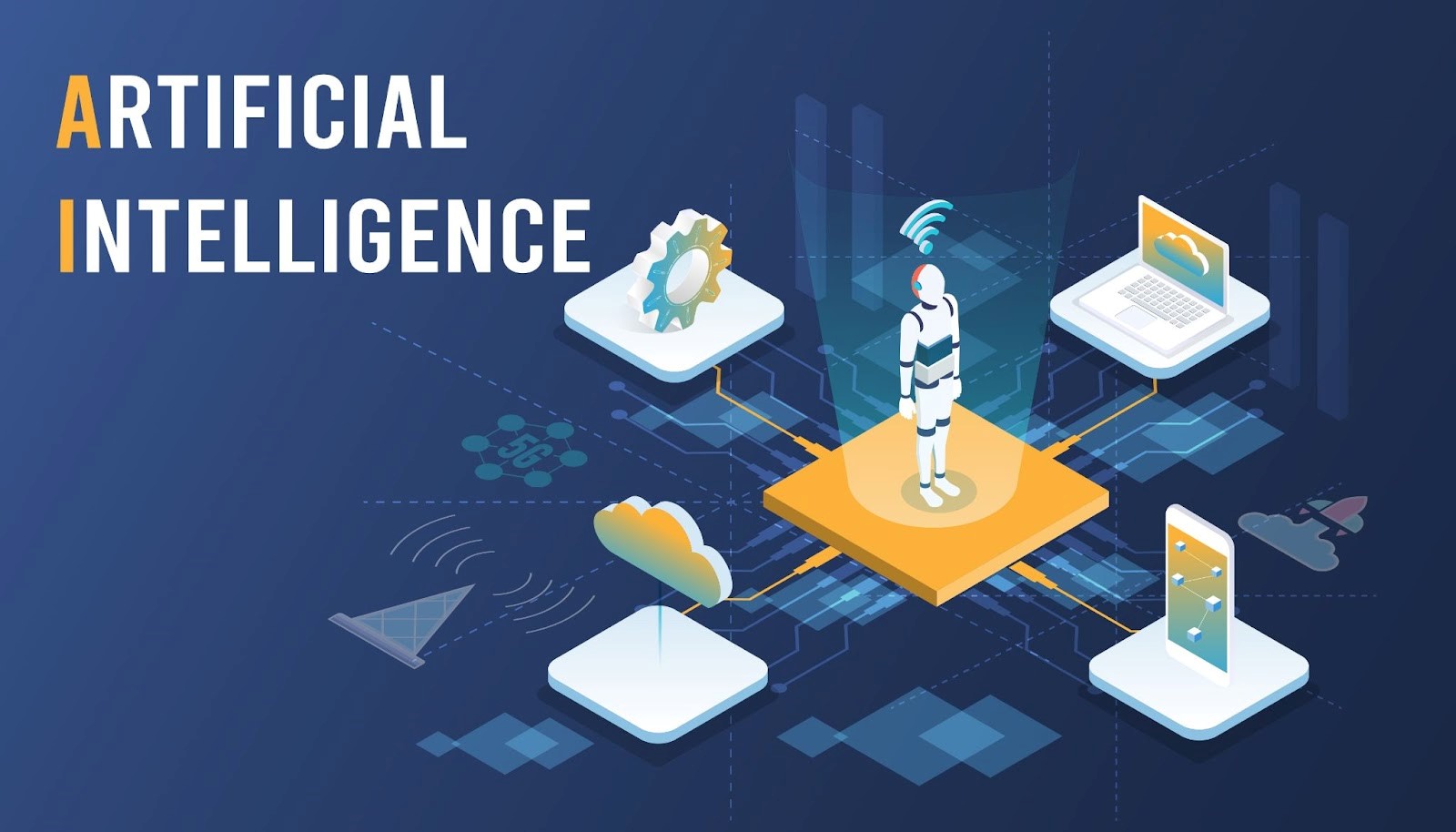
Which features make Artificial Intelligence, Machine Learning, and Deep Learning genuinely unique?
Application of Artificial Intelligence:
AI is a term used to describe an attempt to simulate how the human brain functions to construct more complex computers based on this knowledge. The scientists anticipated that figuring out how the human mind works and digitizing it would take little time. After all, the conference brought together some of the most brilliant minds of the day for a two-month brainstorming session.
Artificial intelligence is now widely applied in science, business, and healthcare with a regional focus. For example, in 2017, the DOMO firm announced the release of Mr. Roboto. This AI software solution includes sophisticated analytics tools and can provide business owners recommendations and insights for business growth. It can discover patterns and detect anomalies that help with risk management and resourceful planning. Similar initiatives exist in other industries, and major corporations like Google and Amazon invest in their growth. AI is now widely understood to mean “machines that respond to stimulation in the same way that people do, given the human ability for deliberation, judgment, and intention.” This has led to businesses outsourcing their AI services to companies that provide AI outsourcing services.
Adaption of Machine learning:
Machine learning is an AI subfield that focuses on creating algorithmic models to recognize patterns and relationships in data. The term “machine” is a synonym for “computer program” in this context, while “learning” refers to how machine learning algorithms improve their accuracy over time as they receive more data. Because most AI endeavors are narrow in history, artificial intelligence and machine learning are sometimes used interchangeably. However, most AI today uses supervised machine learning to complete a particular task.
Machine Learning starts with observations or data, such as patterns, experience, or teaching, so that we can seek similarities in data and make wise decisions based on the examples humans provide.
The main goal is for computers to learn independently, without human interaction, and adapt their activities accordingly. Machine learning combined with AI and cognitive technologies is more successful at processing enormous amounts of data.
Various parts of the market deal with massive amounts of data in multiple formats gathered from multiple sources. Because of the advancement of technology, notably enhanced processing capabilities and cloud services, vast amounts of data, known as big data, are more readily available and accessible.
Recently, some companies who are into finance have used the ML technique for systematic smart investment.
Machine learning is a branch of robust artificial intelligence in which the algorithm’s performance increases with time. Therefore, we could also apply several techniques discussed under artificial intelligence.
Understanding of Deep learning:
Deep learning alters your perception of expressing the challenges you’re working on. Data train the computer to learn by spotting patterns utilizing deep learning algorithms layers of processing. You might be wondering how deep learning works if you’ve never heard of it before.
Imagine making a widget that can tell the difference between mint and coriander. You’d have to inform the tool to discriminate features against using machine learning. It would be the plant kind in this situation. However, neural networks have previously identified the traits in deep understanding. All of this accomplishes an unregulated, autonomous learning experience.
Relationship between Artificial Intelligence, Machine Learning, and Deep Learning
The relationship between Artificial Intelligence, Machine Learning, and Deep Learning is crucial because it’s predicated on increasing complexity. Because of the highly hierarchical relationship between these categories, Analytics chose to structure these concepts. With a greater volume of data created every day and the velocity of data production increasing with the widespread deployment of sensors and mainstream support for the Internet of Things, data-driven modeling will remain a must for organizations that want to stay relevant. Furthermore, consumers must understand how to use this data that comes from artificial intelligence, machine learning & deep learning.
Conclusion:
To define measuring standards, set parameters, and make forecasts, we previously depended entirely on our knowledge and experience. Now, AI allows us to process enormous volumes of data to create data-based rules, find trends, and develop better judgments and forecasts. In addition, organizations may explore previously unimaginable methods to streamline processes, improve results, and earn income using the AI processing power available today. Understanding the underlying contrasts between these talents is the first step in this journey.
Machine learning applications can parse data, learn from data, draw conclusions, and improve over time without following written instructions. In contrast, basic AI can only do tasks intended to illustrate.
Deep learning programs are self-taught; they may generate and respond to an unlimited number of scenarios. However, machine learning will be ideal for many use-cases because they are far more complicated to construct, train, maintain and fine-tune.
Author’s Bio:
Claire Mark is a writer who offers her skills and experience through reader-friendly writings. She is an ambitious entrepreneur, an industry specialist in STAMOD solutions, and a writer who shares her skills and expertise through reader-friendly writings. She has already been mentioned on a couple of well-known websites. In addition, Claire publishes a well-researched, data-driven, and in-depth blog on specialist themes that complement niche websites.




Average Rating